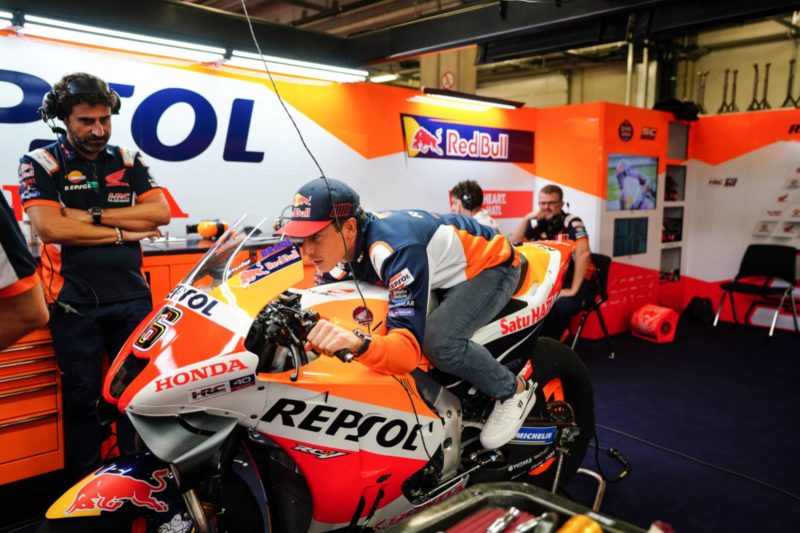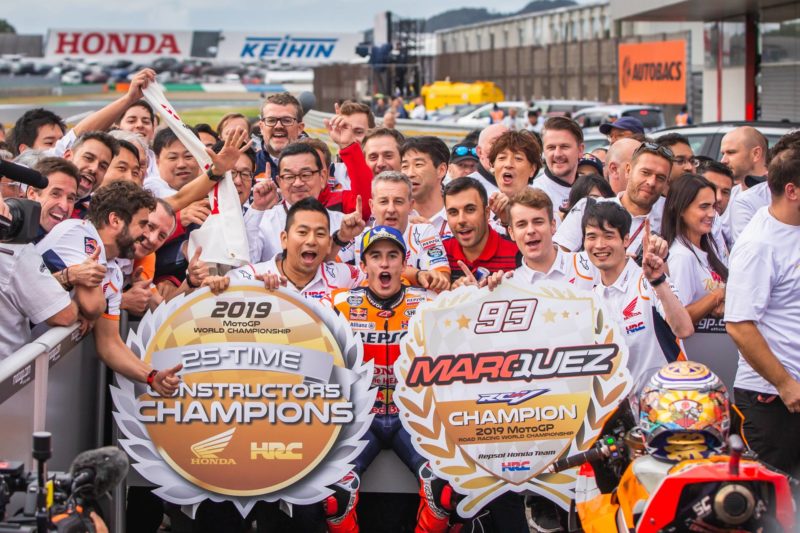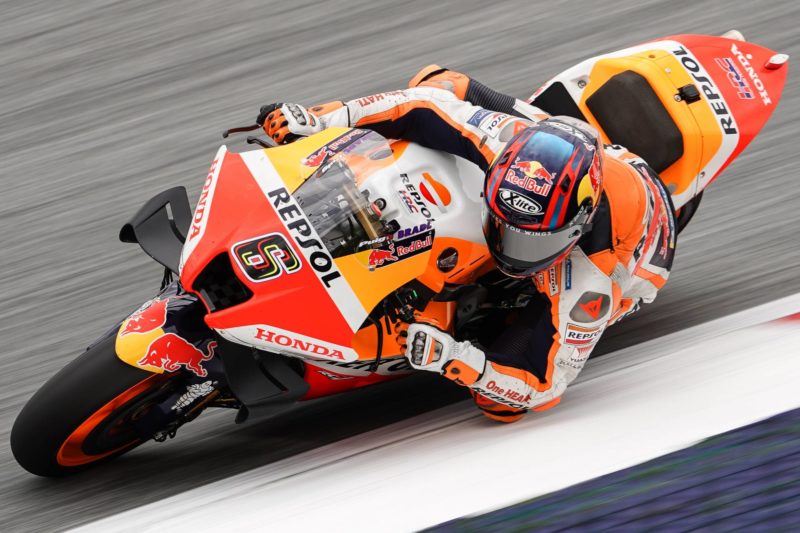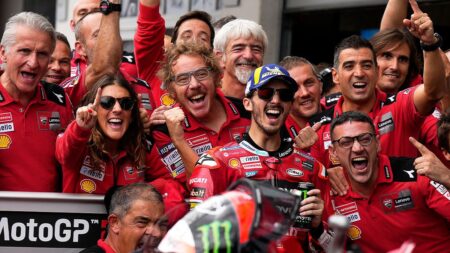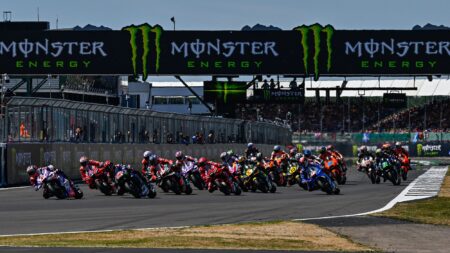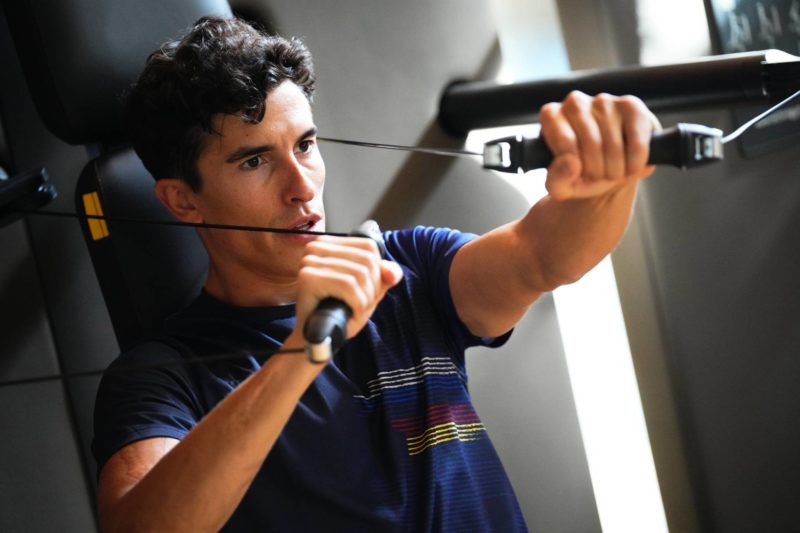Márquez was at the Red Bull Ring on Thursday and Friday to talk with HRC engineers and the 29-year-old agrees with this rival engineer’s analysis
“Honda and HRC are in a difficult moment, but for me the most important thing isn’t the bike, it’s more the project,” he said. “The way all the information flows inside the team is most important. The information needs to flow in a good way in all areas. If the information flows well and all the people are motivated, for sure we will get out from this situation.”
This theory fits many of the stories of manufacturer comebacks during the MotoGP years: Masao Furusawa helping Yamaha come back from the brink a decade and a half ago, Gigi Dall’Igna reorganising Ducati Corse to help the factory return from ignominy and Davide Brivio uniting the Japanese and Italian elements at Suzuki to win the 2020 MotoGP title.
Obviously the European manufacturers are currently dominating MotoGP, with six European bikes in the top seven of the riders championship and Ducati and Aprilia making the headlines.
“When I talk about our team it isn’t people, it’s the concept of the team,” Márquez added. “We are seeing European teams working in a different way.”
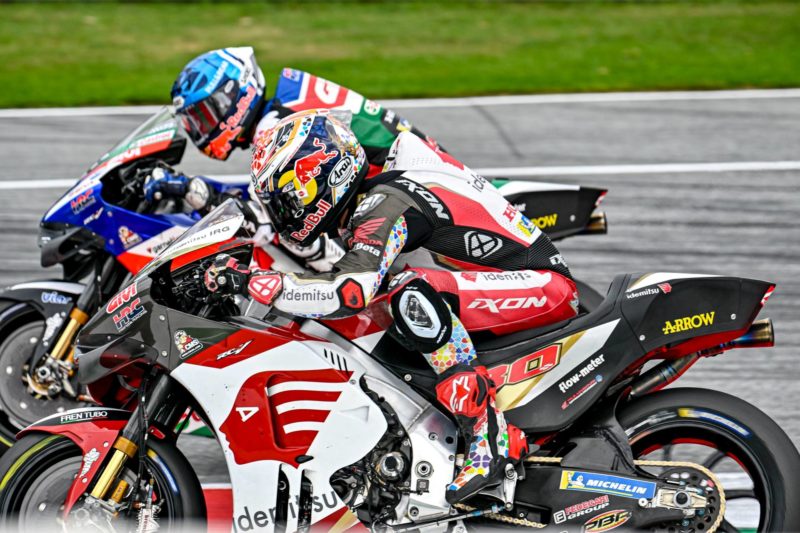
LCR Honda riders Nakagami and Alex Márquez are suffering the same problems as the factory squad
Reigning champion and current points leader Fabio Quartararo (who is the only rider of a Japanese motorcycle to have won a MotoGP race this year) believes there’s also a cultural issue at play, that the Japanese are too conservative, especially when it comes to respecting the technical rules.
“I think we [Yamaha] are playing too far from the [limit of] the rules and I think we are taking a little too much care, sometimes we have to play a bit more,” says Quartararo. “We are changing but we are still too slow. We need to take a little bit of the Italian mentality, this is the way to try many things.”
Most obviously the Japanese are very conservative with downforce aerodynamics. Take a look at the Aprilia, the Ducati and the KTM, then compare them with the Honda, Suzuki and Yamaha. This is partly because the Japanese manufacturers don’t really want to go down the aero road, because they see MotoGP as a part of their streetbike development programmes and they see no role for extreme aero on streetbikes. But it’s now obvious that you need extreme aero to win in MotoGP, so Honda and Yamaha need to get busy with this.
“The category is changing,” Márquez explained. “Before the bikes were very low and short, now they are getting bigger and taller. The last time I rode at Mugello our bike was difficult – it was so difficult to take profit of the bike. I believe in our engineers but they need to understand this.
“We see Honda working a lot, more than ever, and the budget is there. When I say change the team I mean the coordination. Honda have won more titles than any other brand, so I believe in them and I think I can come back to the top with them.
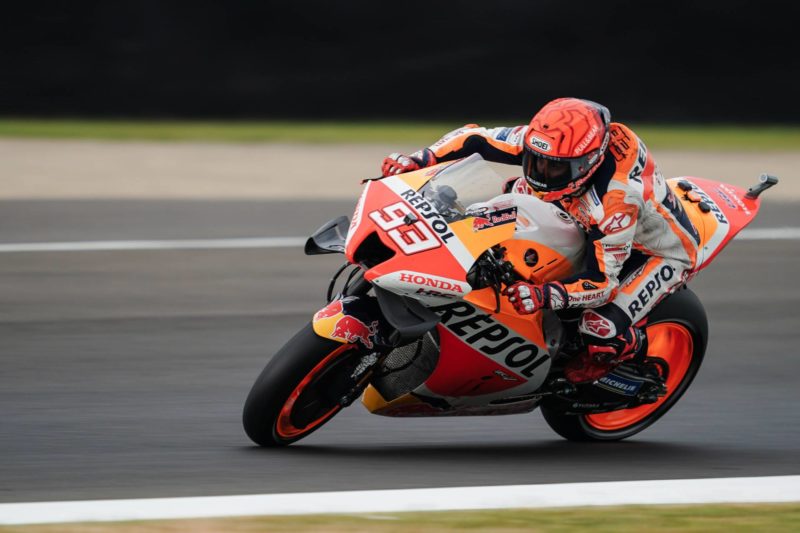
Márquez fighting with his RC213V at Mugello, his last race before his latest surgery
“But they need to organise things well, because every year we have more races and less testing, so the work at the factory becomes more important than the work at the circuits. And what happens at the circuits needs to work together with what happens at the factory.”
The lack of testing certainly hasn’t helped Honda this year, with a very different motorcycle and just a few days of testing to get the bike right.

